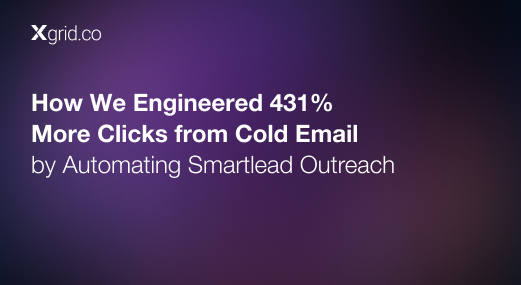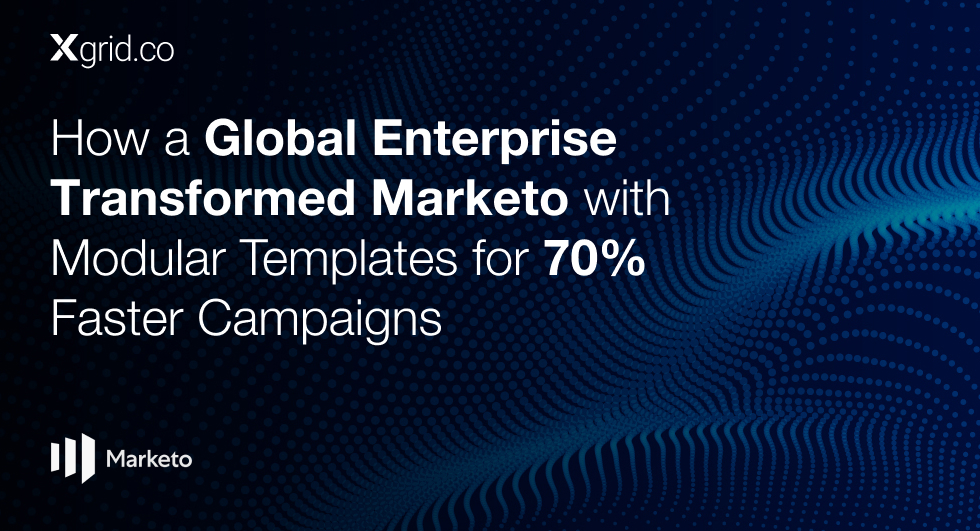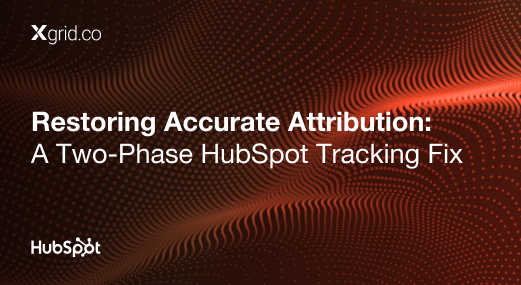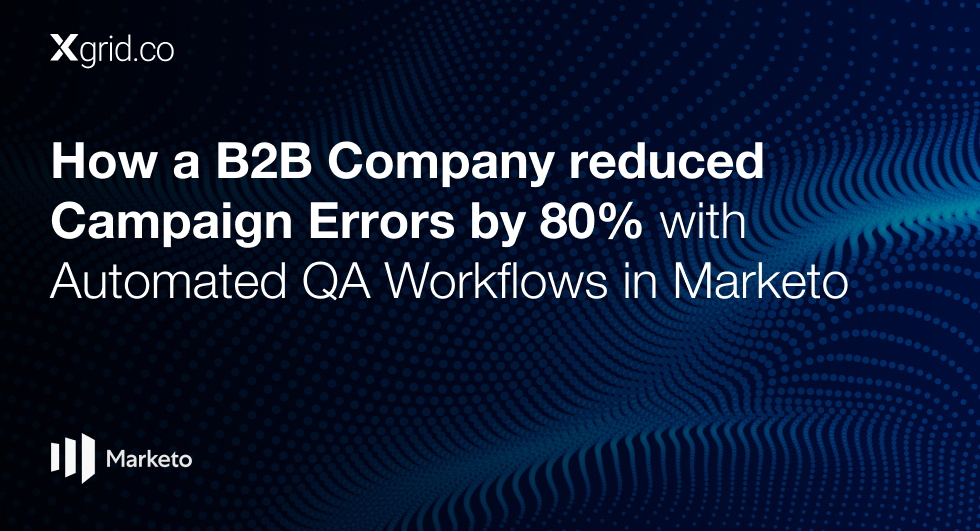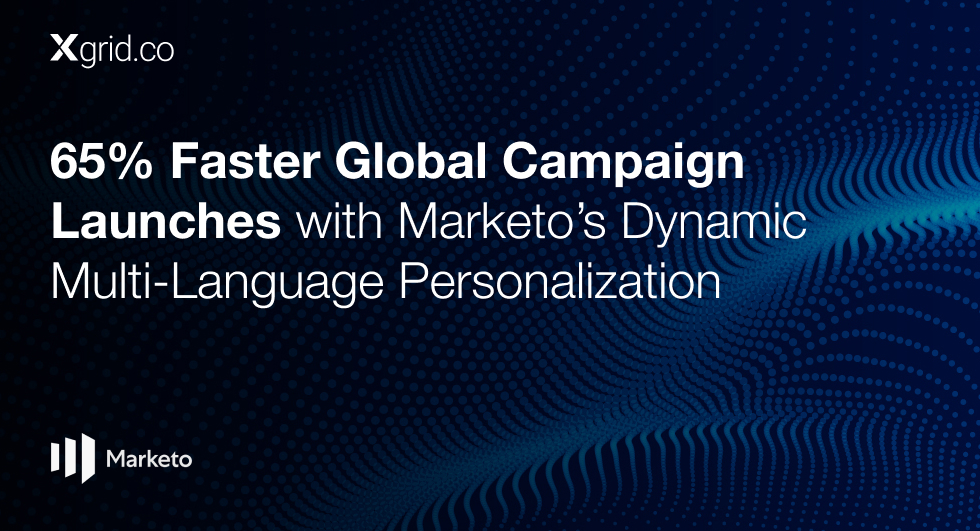From Static CRM to Predictive Engine: Building the Foundations for AI-Powered Marketing in HubSpot
Background: Preparing for the Future of Intelligent Marketing
With growing demand for smarter outreach and personalization, a B2B insurance team set out to modernize its HubSpot marketing engine. Their goal? Use AI and backend data to unlock predictive lead scoring, smart segmentation, and policy recommendations — all powered by real-time insight into customer behavior and history.
But first, they needed to build the technical and strategic foundations to make it possible.
The Problem: HubSpot Wasn’t Connected to the Right Intelligence
Despite having rich relational data in internal SQL databases, the team lacked the systems and strategy to power smarter campaigns. Specific challenges included:
- No real-time sync between HubSpot and internal SQL databases
- No classification logic for contacts with complex behaviors (e.g., multiple policy owners)
- No operationalized AI agent use cases — ideas were there, but execution readiness was missing
- Limited understanding of what data belonged in HubSpot vs what should stay on internal servers
They needed a plan that was technically sound, secure, and scalable — before launching any AI features.
The Solution: An Integration Strategy Built for AI-Driven Growth
We designed a comprehensive integration architecture and AI blueprint that made HubSpot capable of connecting with relational policy data and ready to power predictive workflows through smart scoring and segmentation logic.
What We Built (Step-by-Step)
A Scalable Data Architecture
- Mapped a direct data pipeline: Internal Server → SQL → HubSpot, using secure API connectors
- Evaluated tools like StackSync for syncing relational policy data into HubSpot custom objects
Structured HubSpot to Mirror Backend Logic
- Audited SQL schema to identify critical sync fields like:
- Number of Active Policies
- Policy Renewal Date
- Number of Active Policies
- Created placeholder HubSpot properties and built preliminary lead scoring logic based on value thresholds
Mapped AI Agent Use Cases
- Explored Crew AI for predictive classification (e.g., recommending concierge outreach for high-policy users)
- Drafted future logic paths:
- “If user has >2 policies and visits renewal page → trigger CTA”
- “If user opens renewal email 3x but doesn’t click → send personalized text”
- “If user has >2 policies and visits renewal page → trigger CTA”
Designed Data Governance Rules
- Created a framework for which fields to sync and which to keep internal
- Recommended syncing only pseudonymized or high-impact fields to reduce data exposure
- Ensured compliance, security, and control stayed intact — even as systems became smarter
Results: The Foundation for AI and Personalization, Now in Place
- Completed full data blueprint and field mapping, aligned across marketing, ops, and data teams
- Created readiness for AI agent deployment through structured properties and scoring logic
- Enabled future relational sync with SQL for dynamic, data-backed segmentation
- Transformed HubSpot into a predictive-ready CRM, even before AI went live
Next-Level CRM: Unlock smarter workflows and AI-ready data with our HubSpot Consulting Services.
Key Takeaways
- You don’t launch AI — you build toward it, starting with clean, structured, connected data
- Mapping HubSpot custom objects to your SQL schema is key for compatibility and performance
- You don’t need all your data in HubSpot — only what drives personalization, segmentation, or automation
Best Practices to Borrow
- Start with clearly defined AI use cases, not just tools
- Sync only data that improves decision-making or automation logic
- Build your data governance framework early — not after things break
